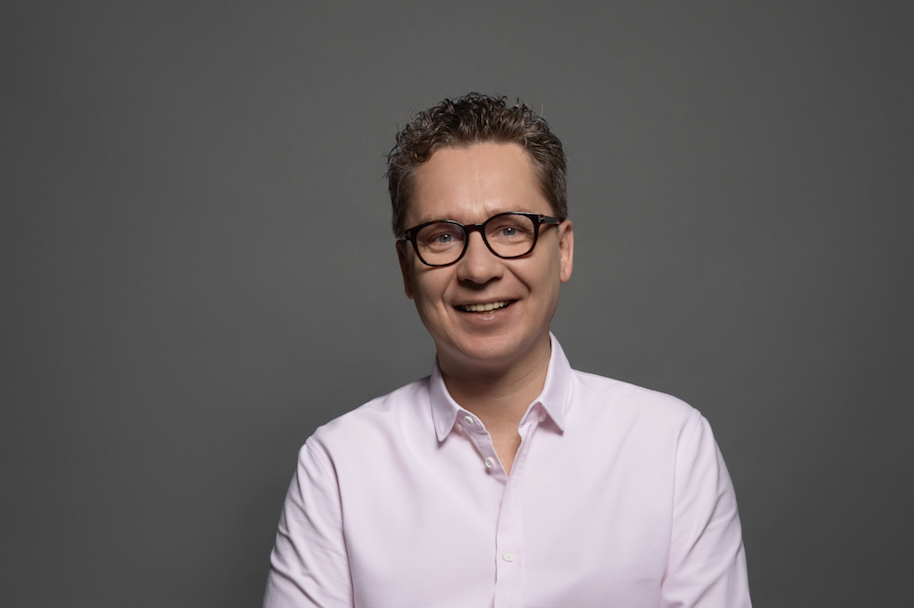Every year 140,000 organ transplants are performed worldwide. Sadly, the recent pandemic caused a 31% drop in the number of organ transplants available, resulting in approximately 48,000 years of patient lives lost. Wouldn’t it be great if every patient had access to organs when and where they needed to? Wouldn’t it be amazing if we could regenerate human cells and regrow our own organs?
Organ transplants: the status quo
There is a huge discrepancy between the number of people who say that they support donation in theory and the number of people who actually register to have their organs donated. In that sense, you are luckier if you live in Alaska than in New York: more than 80% of adults in Alaska are registered donors, compared to only 12% in New York.
But even if you live in the ‘right’ state, the wait for an organ transplant can be long and agonizing. Approximately 118,000 people are waiting for organ transplants in the U.S alone at any given time, with about 8,000 of those people dying before receiving their donated organs. As a matter of fact, 21 people die each day while waiting for their transplants. And, as a final incredibly tragic statistic, the median national wait time for a first kidney transplant is 3.6 years, increasing up to 7 years in New York. Many people simply do not last that long.
However, not all organ transplants have to come from the deceased. In the case with kidney transplants, about 11,500 organs came from deceased donors and 5,500 came from living donors. Most of the living donors are compassionate relatives and family members, who are willing to donate one of their own kidneys to the patient (often we only need one kidney to survive and even lead an active, healthy life). However, there is a catch: the best donor would be an identical twin (because their tissue type is the same), which minimizes the risk of immune rejection, as well as other risk factors. Unfortunately, most people do not have an identical twin to give them a kidney, and even close relatives are often unsuitable as donors for medical reasons. In fact, only 25% of siblings have chance of being an “exact match”. And even if living relatives can offer their kidney or stem cells for donation, this is certainly not the case with heart, liver, and even limb transplants.
Like a chameleon
Talking of limb transplants, they are not as futuristic as they sound. The first hand transplant was performed in France in 1998. Since then, many more reconstructive surgeries, including arm and leg transplants, were successfully performed. One of the more well-known success stories included that of an Indian woman in 2016. After losing her arms in an accident, the 18-year-old was amputated below the elbow. Her transplanted hands came from a 21-year-old man, which were larger and darker than the woman’s. Shockingly, over the next year and a half, along with regaining motor control of the woman’s arms and hands, they became leaner and lighter than they were at the time of the transplant – matching the woman’s skin tone more closely! "The nerve begins to send signals… and the muscles function according to body needs," the woman’s physiotherapist, Ketaki Doke said. "The muscles in her hand may have started adapting to a female body."
Despite stories like these, regrowing limbs – akin to a chameleon regrowing its tail – is still considered science fiction, if not outright impossible. But there are clinical trials already taking place that show it is possible to regrow liver in humans. Lygenesis, an organ regeneration platform, which enables a patient's lymph nodes to be used as bioreactors to regrow its own functioning organs, does just that. In fact, the company recently received FDA clearance for a clinical trial to study the safety, tolerability, and efficacy of its novel cell therapy for human patients with end stage liver disease. LyGenesis is on the cusp of disrupting the supply-demand calculus of organ donation – with pancreas, kidney, and thymus regeneration in their pipeline soon.
Turning back time
In its December 2020 issue, the scientific journal Nature featured an incredible report from David Sinclair and his colleagues on its cover, in an edition aptly called ‘Turning Back Time’. The report stated that the expression of three Yamanaka factors (a group of protein transcription factors that control how DNA is copied for translation into other proteins) in ganglion retina cells (found in the eye) reprograms them to a more youthful epigenetic state. As a result, vision loss was reversed in a mouse model of glaucoma and in old mice. These results show that mammalian tissues retain a record of youthful information, which can be accessed to improve tissue function and potentially reverse the effects of ageing.
What does this mean? In my book ‘The Science and Technology of Growing Young’, I wrote about replaceable body parts as one of the ‘Far Horizon’ life extension technologies that could potentially help us live to 150 years and beyond. And while organ regeneration is still a relatively new field, it has already made a couple of very important strides, from the landmark Yamanaka factors discovery in 2008 to David Sinclair’s study some 12 years later.
Reality check
At this point, you may want to ask: this all sounds great in theory, but what about some real-life applications? Well, the discovery of Yamanaka factors has also shown us that these factors are highly expressed in embryonic stem cells, and their over-expression can induce pluripotency (i.e., being capable of giving rise to several different cell types) in human cells. This potentially means that we can grow any kind of organ from stem cells.
So how do stem cells ‘know’ how to create organs and limbs? For example, a hydra (fresh-water organism) can regrow its body from a segment comprising just 1% of its original volume. Some human children below the age of seven are able to regenerate their fingertips. So why couldn’t organ regrowth be activated for other body parts – such as severed limbs, failed organs, and even brain tissue damaged by stroke? Complimentarily, Michael Levin, a developmental biologist at Tufts University, says that the cells in our bodies use bioelectricity to communicate and to make decisions among themselves about what they will become. A different study, carried out by researchers at The University of Colorado Boulder, suggests that the molecular messenger RNA plays a crucial role in cell differentiation, serving as a bridge between our genes and the so-called ‘epigenetic machinery’ that turns them on and off. “All genes are not expressed all the time in all cells,” explains Thomas Cech, a Nobel laureate and co-author of the study. “Instead, each tissue type has its own epigenetic program that determines which genes get turned on or off at any moment.”
As life goes on, our body parts age and change. But each one of them came from a stem cell, where all the information is stored. And just as David Sinclair’s discovery showed that it is possible to turn old cells into young cells, biotech companies will be able to make tissue and organs from stem cells.
Some companies are focused on regrowing specific organs within a human body. One way this can be done is via organogenesis – the ability to grow intact organs or organ-like tissues from primitive cells. Just as organogenesis occurs naturally in the fetus, it can occur when cells or tissues from a primordial fetal organ are placed in culture or implanted in living animals. Other companies regrow a range of organs in the laboratory, using the stem cells’ capacity to grow and differentiate into mature cells of various types. Embryonic stem cells can become any organ in the body when implanted into a blastocyst (a structure formed in the early development of mammals).
Organ regeneration is a really exciting field. So I couldn’t leave you without sharing some notable companies in this space with you. One of the companies, of course, is the abovementioned LyGenesis – a Longevity Vision Fund portfolio company, which uses cell regeneration to grow liver tissue inside the human body. It could use one donor liver to help 50-70 patients at a time, as well as help make the cost of liver transplantation (which is currently $700,000) 10 times cheaper. Another biotech startup, BlueRock Therapeutics, wants to develop stem cells that transform into specific adult cells that can be used to replace heart-muscle or brain cells that otherwise won't grow back — like, for example, after a heart attack or Parkinson’s. Finally, Mallinckrodt’s Pharmaceuticals has showed its lab-grown skin to be as good as skin grafts for burns, while researchers at the RIKEN Center for Biosystems Dynamics Research coaxed undifferentiated human stem cells to develop into skin-like structures in vitro, which, when engrafted onto mice, produced hair!
Still in its infancy, organ regeneration is a process that is not yet completely understood. However, when its underlying mechanisms are fully unraveled, it holds tremendous therapeutic and life-saving potential for humans. In the meantime, stay healthy, happy, and safe!
If you enjoyed this article, sign up to my mailing list to join 40,000+ other longevity-focused people and be the first to know about exciting news from the world of longevity. My bestselling book on life extension technologies – ‘The Science and Technology of Growing Young’ – is available to order on Amazon now.




